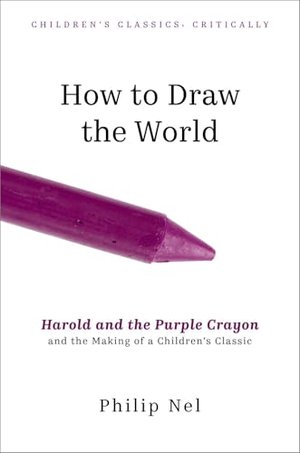
Nel’s interest in the picture book Harold and the Purple Crayon began five decades ago, when he encountered the book as a child. In the ensuing decades, he not only wrote a biography of the book’s author, Crockett Johnson, but also aspired to write the current volume, which he calls “a biography of a book.” True to his intent, Nel traces the book’s origins, evolution, and cultural effects, beginning with the premise that picture books should be treated as works of art. He writes, “As one of our earliest aesthetic experiences, picture books shape our perception of what art is and why it matters.” Drawing on the work of scholars like Jean Baudrillard and artists like Paul Klee and Joan Miró, Nel argues that the Harold series was revolutionary not only because it explored the power of imagination, but also because it took children—and their art—seriously. Perhaps most fascinating is Nel’s interrogation of whether or not the protagonist is white: Nel draws on Johnson’s support of the Civil Rights Movement and the perceptions of Black artists like Prince to argue that Harold is not. Like the picture books themselves, Nel’s work is formally inventive, including a series of reflection questions for readers and two blank pages to “pick up your purple crayon, and just start drawing.” At times, the author slips into an academic register, slowing the book’s otherwise steady pace. Overall, though, this is an insightful, lyrical, and profoundly researched read.

